The 4th of July and Boredom in Berlin
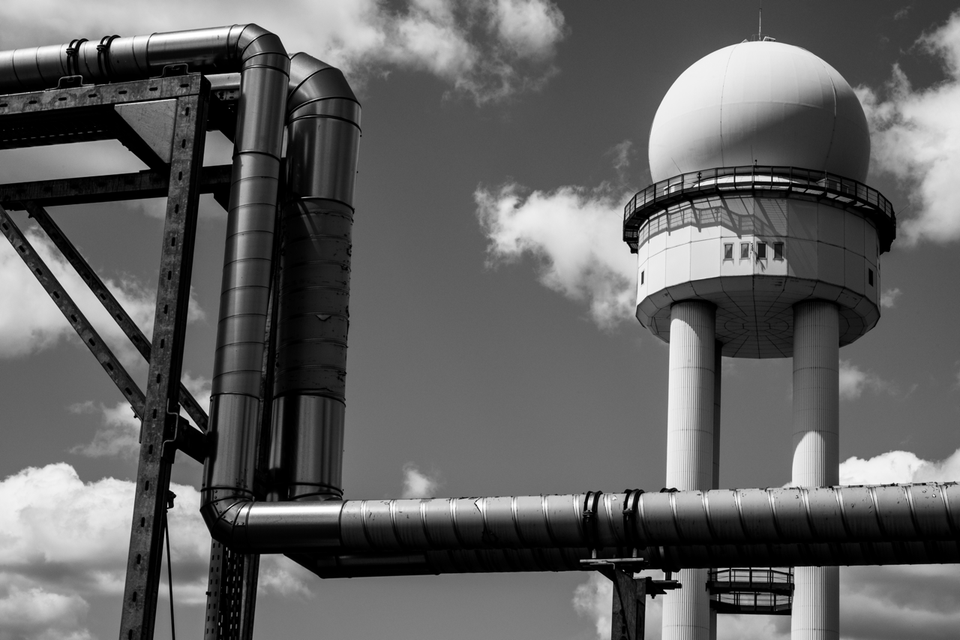
It’s the 4th of July, Independence Day in the United States. Congress passed Trump’s ‘Big Beautiful Bill’ yesterday, while he was touring his new concentration camp, spitting anti-semitic slurs, and telling his rally crowds he hates Democrats. He’s expected to sign it into law today. Amid the tax breaks for billionaires and gutting of Medicaid, the bill sends 45 billion dollars to ICE to build more concentration camps. This is just part of the $170 billion total going to ‘immigration’ over the next five years, in effect making ICE one of the top-funded militaries in the world. With that huge budget and the other two branches of the US government unwilling to check his power, our spiteful, racist President and his spiteful, racist henchpeople will be able to send a massive secret police and detention force after anyone and everyone they decide are their enemies. Happy birthday, America; we got you a Gestapo.
Gestapo is on my mind, not just because the comparison seems obvious, but because I happen to be visiting Berlin this week. Here, the 4th of July is just another Friday. The night before, I stayed up too late reading news reports and social media posts about the legislation, and about Trump’s new concentration camp. It’s going up on an old airfield in the middle of the Florida Everglades, so the spiteful and racist Republicans have nicknamed it ‘Alligator Alcatraz’ and are already selling concentration camp merch, T-shirts with pictures of alligators wearing Immigration and Customs Enforcement gear. The morning of the 4th, I’m continuing my doomscroll through a late breakfast. I come across a photo of Trump, Ron DeSantis, and Kristi Noem laughing in the concentration camp, caged beds awaiting victims in the background.
I have, reluctantly, been starting to develop the discipline of recognizing when I’ve een online too much, and this photo puts me over my threshold. I put my laptop away, get some pants on, and make my way out of the Bergmannkiez apartment that is my temporary home here. Twenty minutes’ walk to the south and I’m at the northwest corner of the Tempelhof. It’s now a massive city park, but the site is also an old airfield. (Note- all the photos in this post are my own.)
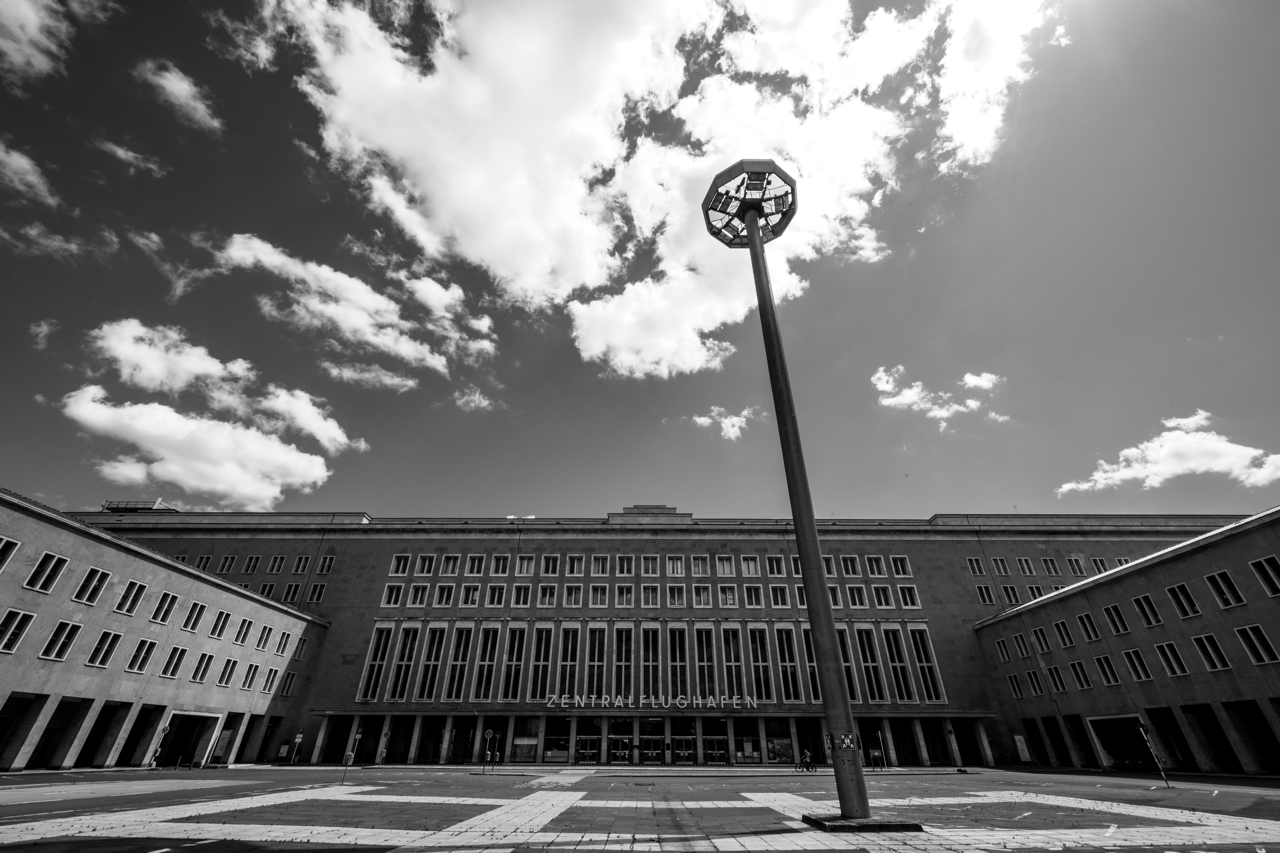
In the 1920s, Tempelhof opened as one of the first commercial airports in the world, and when Weimar Germany’s version of Donald Trump, Adolf Hitler, came to power in 1933, he began a massive expansion of it. He commissioned his architect henchman Albert Speer to build ‘the biggest and most beautiful commercial airport in the world’. One result of that order is the massive airport terminal building wrapping the field’s northwest corner. The former lobby of the terminal now hosts the park’s visitor center, from which I learned this history through a series of exhibits.
These exhibits also tell me that Hitler’s secret police ran a concentration camp here for a while. The airport was also used to ship prisoners to concentration camps elsewhere, and hosted thousands of imprisoned laborers who were forced to build airplanes and other equipment at onsite factories to feed Hitler’s war machine.
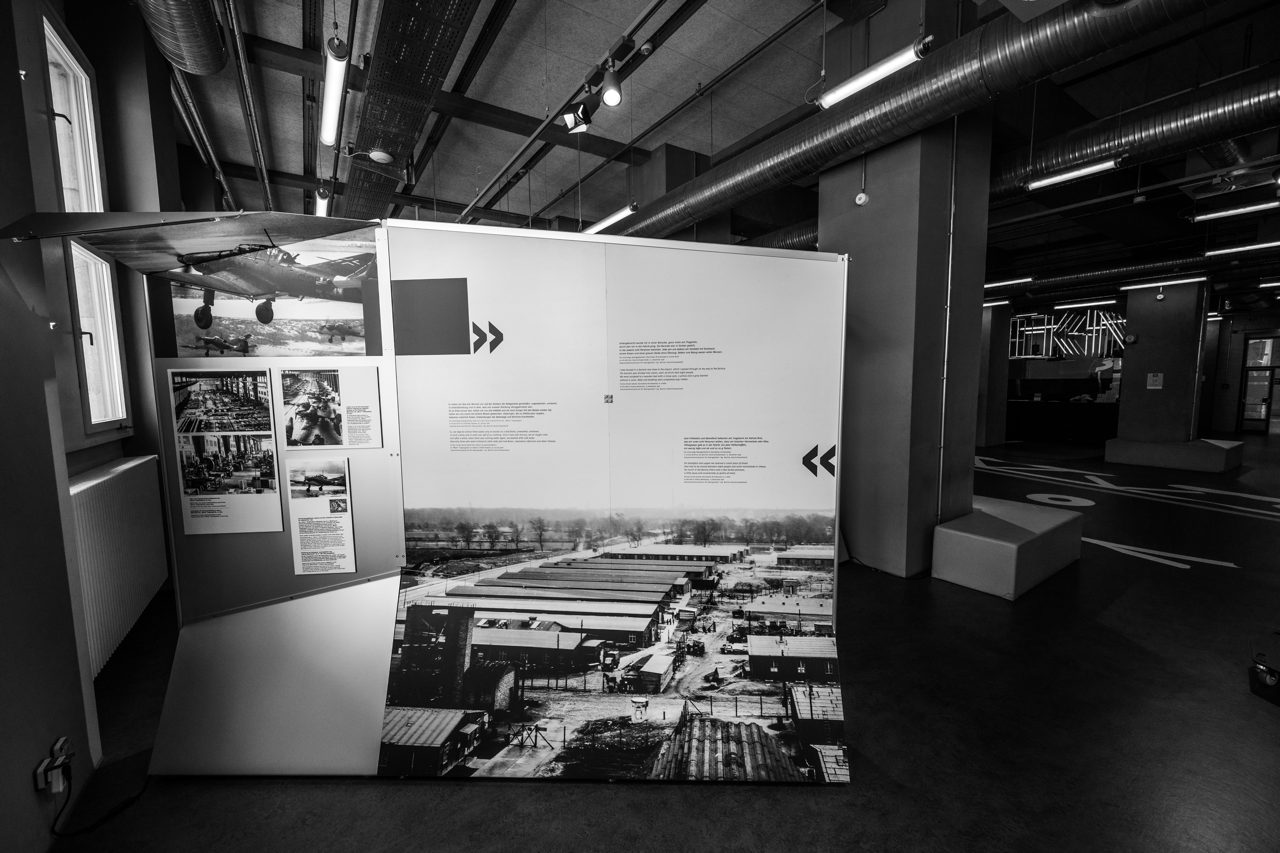
The Soviets took it from the Nazis during the Battle of Berlin, one day before Hitler poisoned and then shot himself in a bunker a few miles north of here. The airfield ended up in the American zone after the Allies divided up Berlin’s occupation and gained fame as the main drop point during the Berlin Airlift. After the United States military packed up, it continued as a working airport until 2008. The city took it over and keeps trying to develop it, but the people of Berlin keep insisting through referenda that it remain a park. There’s a viewing platform on the old control tower, but it’s closed. A biergarten next to the old arrival gates is also closed.
I decide to go into the park. After walking the outside perimeter of the nearly half-kilometer-long north side of the terminal building (whose architect spent 20 years in prison for helping Hitler), I enter the actual park and begin a slow walk south. I stumble into the entrance of a janky-looking carnival and immediately backtrack. I pass a community garden of raised beds built over the concrete tarmac, some maintained, some overgrown, a half-dozen people sharing beverages in the shade of one of the garden sheds. A dog off-leash runs after its human, who is biking up a taxiway. A single rideshare e-bike stands upright next to the fenced-off, wingless shell of an airliner. There’s a designated ‘wind sports’ field being used by only one person, a shirtless guy tossing golf discs across the brown grass to no one.
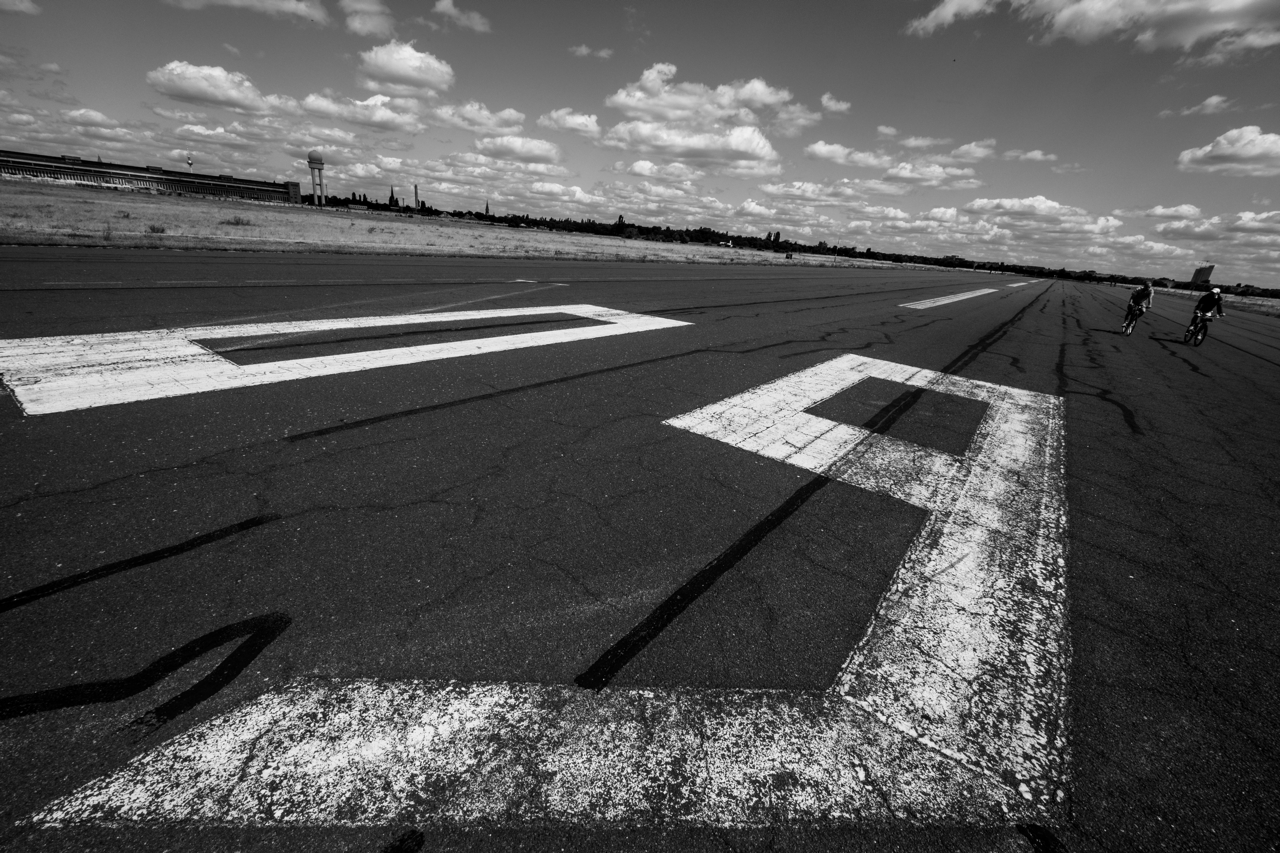
A kilometer into the park, I make it to the northern of the two runways, still striped and marked from handling air traffic, and turn to the west. It’s quiet. A few scattered benches are empty, a few others have a person or two on each. The few low trees offer shade to others. The grass is dry, brown, crunchy. I walk on the pavement and get passed by the occasional bicyclist, blader, or boarder, rolling in singles or pairs down the long, flat pavement. Off the western edge of the runway, I use a portable toilet trailer parked on the concrete apron and order an espresso from a modular cafe set up just to its south. I have to pay an extra two-euro deposit so I don’t wander off with the cup and saucer. The pavement around the cafe is scattered with canopied benches vaguely resembling rickshaw cabs. I sit in the shade of one and sip the espresso. It’s burnt and too acidic. I look around; I’ve been at the Tempelhof for just over an hour, and I’m bored.
It takes me a few more minutes and sips before I realize: what a gift this boredom is. Eighty-five years ago, this place was one of the hubs of the greatest evils of the time. Today, the worst things happening here are a toddler crying in the basket of a cargo bike and me wasting three euro on bad coffee. Plenty of other hubs of evil still exist other places in the world - for example, at 1600 Pennsylvania Avenue, Mar-A-Lago, the Dade-Collier Training and Transition Airport. But this place, at this time, is boring.
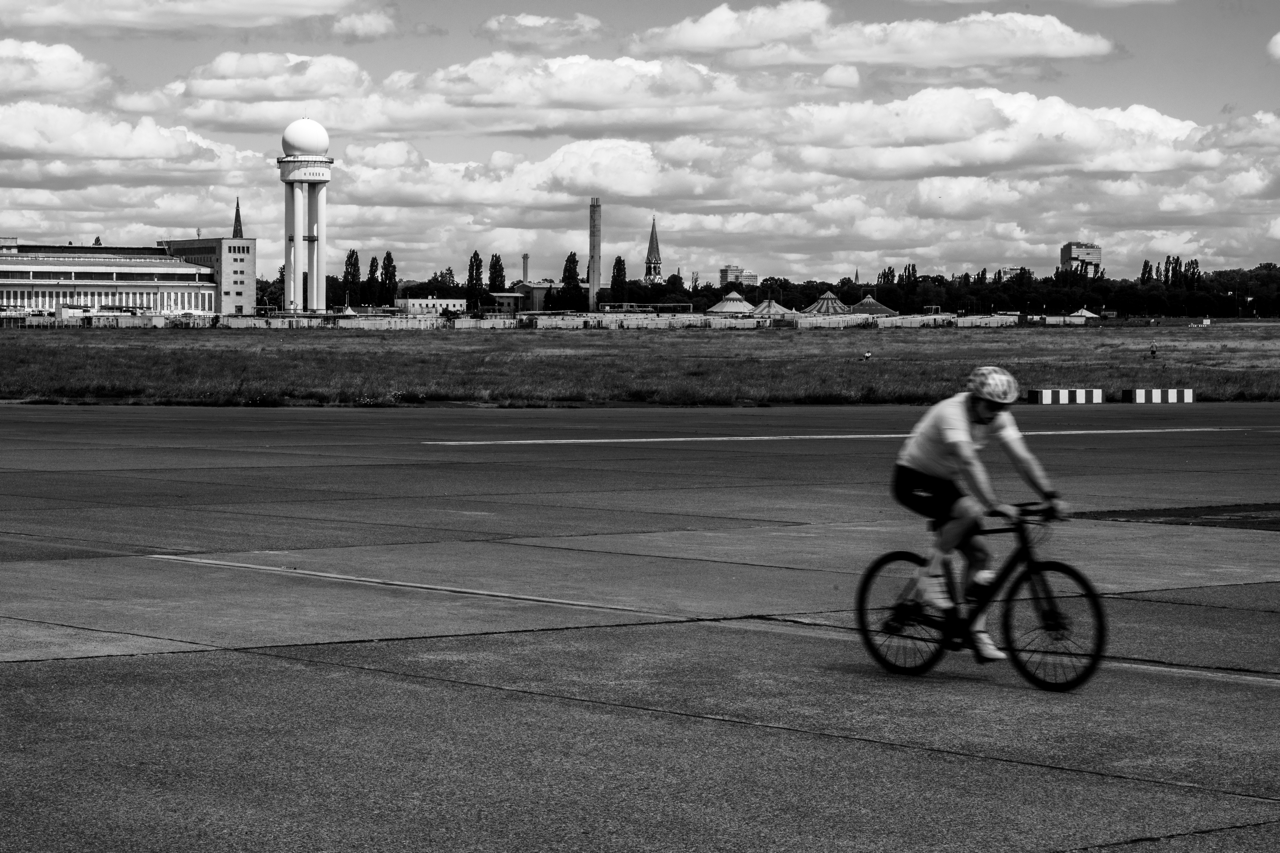
This boredom becomes my Fourth of July celebration. I think of Trump’s concentration camp in the Everglades becoming once again a quiet park, and what it will take to get from here to there. Time, certainly. Thirteen years after Hitler first came to power, he was dead, his concentration camps liberated, his surviving henchmen on trial at Nuremburg. Trump first came to power almost nine years ago. Using that metric, he doesn’t have much time left.
And although Trump is both capable of and willing to do things just as bad as Hitler, he hasn’t yet. There is still time to stop the worst from happening. I hope more of us realize that without intervention, Trump’s administration will go to the same places Tempelhof has been. But today I’m finding hope in what Tempelhof is now, and recognizing that Trump’s evil won’t last either. Someday everything Trump calls ‘big and beautiful’ will be a boring relic.